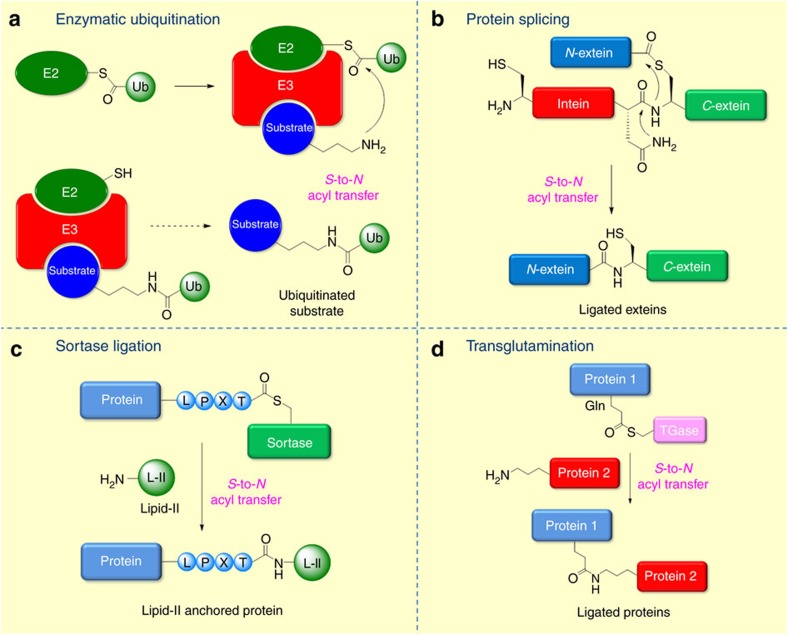Figure 1. S-to-N acyl transfer reactions utilized in nature.
(a) Enzymatic ubiquitination where S-to-N acyl transfer forges an isopeptide bond between a terminal glycine and a lysine residue (b) protein splicing where S-to-N acyl transfer ligates the extein fragments (c) sortase mediated ligation where S-to-N acyl transfer introduces isopeptide bond between Thr residue of protein and Lys of lipid-II. (d) Transglutamination where S-to-N acyl transfer ligates proteins via an isopeptide bond.

